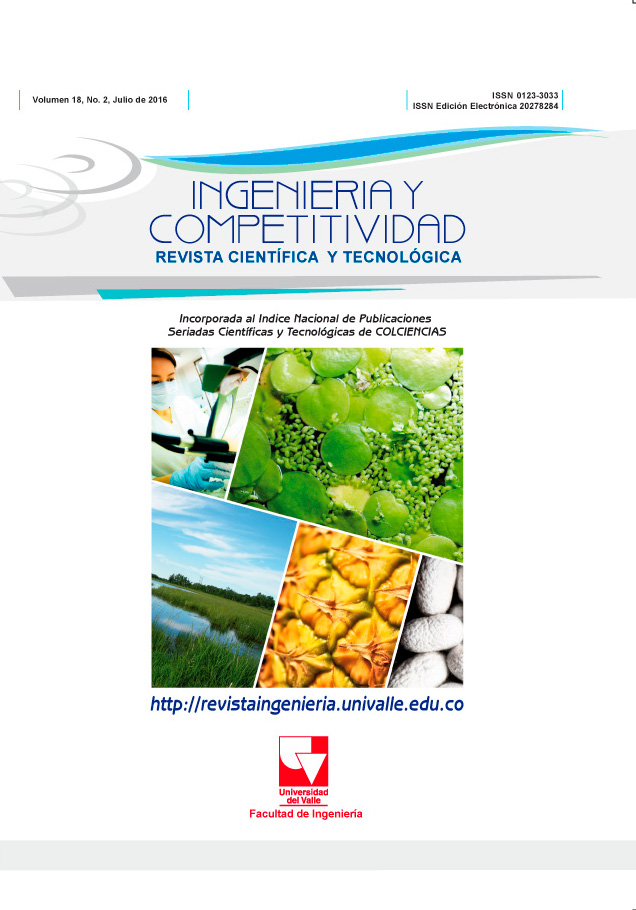Compuestos de fibra de hoja de piña fabricados mediante moldeo por compresión por capas
Palabras clave:
Fibra de hoja de piña, materiales compuestos, moldeo por compresión, polipropileno, propiedades mecánicas.Contenido principal del artículo
Se utilizó el proceso de moldeo por compresión para la fabricación de compuestos de matriz polimérica reforzados con fibra de hoja de piña. Para la fabricación de las muestras se utilizaron cuatro láminas de polipropileno de 0.76 mm de espesor y las fibras se distribuyeron igualmente entre éstas, generando un apilamiento alternado del material de la matriz y las fibras, donde las fibras de las capas más externas se encuentran orientadas transversales a las de la capa interna. Dos tipos de fibras de hoja de piña se usaron como refuerzo: fibras sin tratamiento y fibras modificadas con un tratamiento alcalino en solución de 10% de NaOH. Se evaluaron también dos porcentajes de fibra en el compuesto para determinar su efecto en las propiedades mecánicas del material. Se midió la resistencia a la tensión, el módulo de Young, la deformación a la fractura, la resistencia a la flexión y el módulo de flexión. Al aumentar el porcentaje de fibra en el compuesto, se observó un incremento de un 22% en la resistencia a la tensión y de un 60% en el módulo
de Young. La resistencia a la flexión y el módulo de flexión se incrementaron en un 19% y un 50%, respectivamente.
Sin embargo, con el tratamiento alcalino no se observó ninguna mejora en dichas propiedades. Las superficies de los compuestos fracturados a tensión fueron examinadas mediante microscopía electrónica y se observaron algunos
mecanismos de falla, como el desprendimiento de fibras y la deformación de la matriz.
Downloads
Los autores que publican en esta revista están de acuerdo con los siguientes términos:
Los autores ceden los derechos patrimoniales a la revista y a la Universidad del Valle sobre los manuscritos aceptados, pero podrán hacer los reusos que consideren pertinentes por motivos profesionales, educativos, académicos o científicos, de acuerdo con los términos de la licencia que otorga la revista a todos sus artículos.
Los artículos serán publicados bajo la licencia Creative Commons 4.0 BY-NC-SA (de atribución, no comercial, sin obras derivadas).

